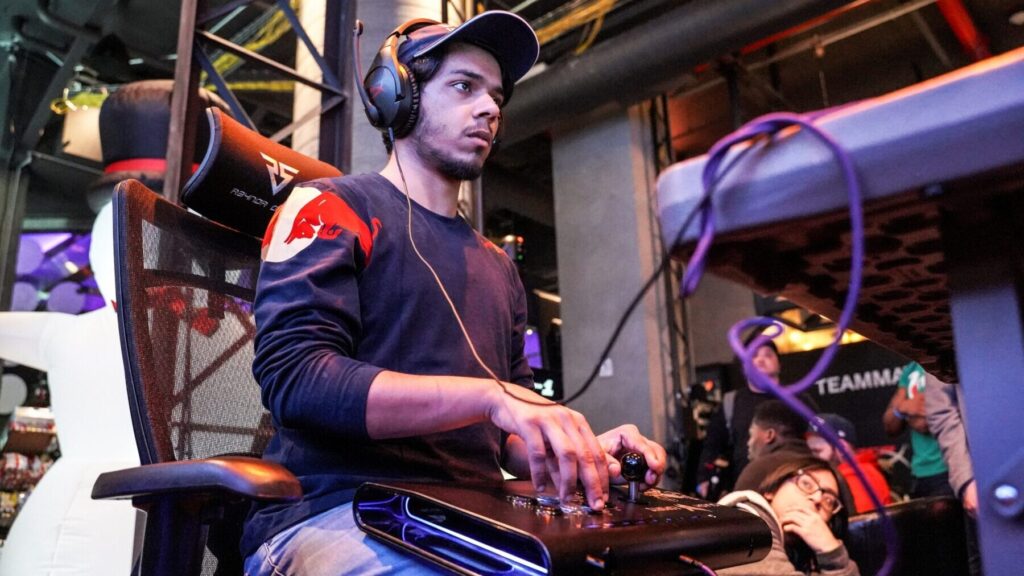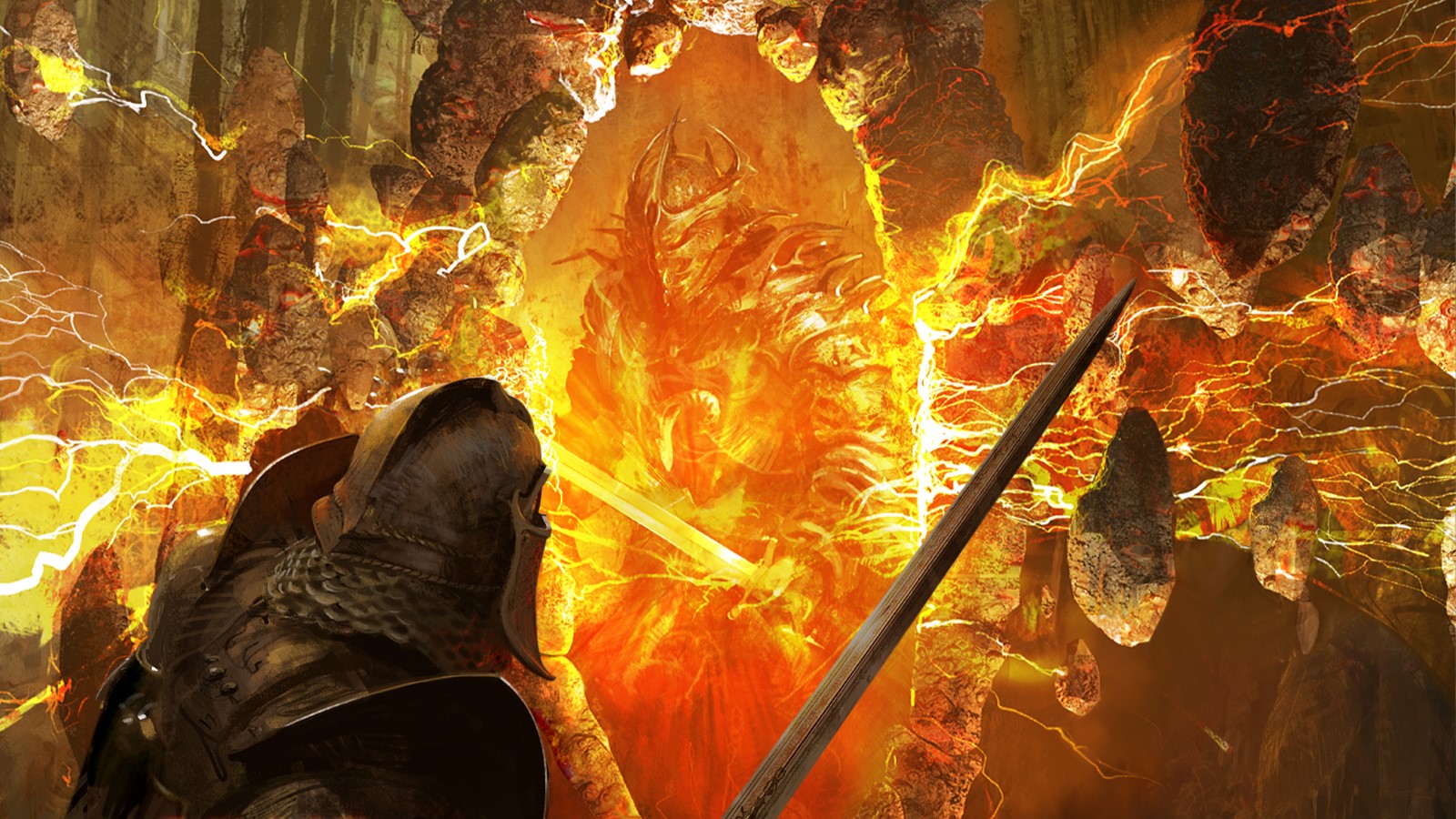
Tales of the Teenage Mutant Ninja Turtles Episodes 1-6 Review
All 12 episodes of Tales of the Teenage Mutant Ninja Turtles premiere on Paramount+ on August 9, 2024.
It had to be really stressful to follow up on 2023’s Teenage Mutant Ninja Turtles: Mutant Mayhem. The animation, action, story, and comedy of the heroes in a half shell’s reintroduction to moviegoers are all spectacular; Mutant Mayhem is also one of the only TMNT adaptations to date that makes the Turtles feel like actual teenagers. The first half of the new streaming cartoon Tales of the Teenage Mutant Ninja Turtles attempts to recapture that magic in six solo adventures for Leonardo (Nicolas Cantu), Raphael (Brady Noon), Michelangelo (Shamon Brown Jr.), and Donatello (Micah Abbey) – minus a big-screen budget, most of the A-list supporting cast, and the movie’s taste in mood-and-tone-setting vintage hip-hop. But Tales has a strong foundation to leap from thanks to the winning creative decisions at the heart of Mutant Mayhem, and the teams at Paramount+, Nickelodeon, and animation house Titmouse still created something super solid despite limited resources and sky-high expectations.
It’s the animation of Tales of the Teenage Mutant Ninja Turtles that could’ve suffered the most in comparison to Mutant Mayhem. The 2D/3D look of the movie is so stylish and fun, yet so dense and layered, that there was no way Titmouse – best known for adult animated series like The Venture Bros., Big Mouth, and Scavengers Reign – would be able to recreate it for TV. Instead, the studio adapted the purposefully messy style and character designs of Mutant Mayhem into something more comic book-esque, and it pays off in spades. Both action and emotion shine through, keeping the spirit of the movie’s visual language alive while still allowing the show to take a few liberties that make it its own thing. There’s even a story reason for why things look the way they do: Each episode of Tales of the Teenage Mutant Ninja Turtles is presented as an issue of a comic written and illustrated by Leo. This decision has its pluses and minuses, but it’s obvious that the thought process behind it was careful and considered.
The more detrimental downgrade is in the music. So much of Mutant Mayhem is defined by its amazing soundtrack full of 1980s and ’90s hip-hop – tracks by De La Soul, A Tribe Called Quest, and Ol’ Dirty Bastard, to name a few. Tales of the Teenage Mutant Ninja Turtles is totally devoid of any hip-hop, in both soundtrack and score, and the distinctly New York sense of personality the music provides gets lost as a result. Thankfully, most of the personality of the Turtles comes from the voice acting, and with Abbey, Brown, Cantu, and Noon, returning to their roles from the movie (along with Ayo Edebiri as their April O’Neil), they pick up right where they left off. The casting of the Turtles remains nigh-perfect, bringing so much life and reality to the brothers. The only thing missing is the improv that made their dialogue feel so natural in Mutant Mayhem. Due to the way the first six episodes split the Turtles up, it obviously didn’t make sense for the four actors to record their lines together. Not too much is lost, however, thanks to the wonderful talent of the young actors, but it inherently makes things feel a little different.
We’ve known all along that Tales of the Teenage Mutant Ninja Turtles would give each of the Turtles a chance to go on their own personal journey. From a bird’s eye view, the structure of each episode feels basic and by the numbers: They all begin in the aftermath of something going terribly wrong while the brothers are on their way to a high school party. We get glimpses of the lead-up to that something while we follow Leo, then Mikey, then Raph, and finally Donnie, through a series of events that tests their skills and their worldviews – each faced with a problem that one of their brothers might naturally be better equipped to handle. It’s definitely formulaic, and if you’re bingeing the series, it’ll be even more noticeable. This is a show meant for kids, though, and that formula helps drive home the messages about self-reflection and growth that the creators are trying to get across. There are some pacing issues, however, with action scenes taking up a majority of the first four episodes. The action is incredible and so fun to watch, but the amount of time devoted to it leads to some regrettably rushed character development.
But (and it bears repeating for those who are too attached to the franchise) Tales of the Teenage Mutant Ninja Turtles is a kids show, and it seems like the creative team wanted to make sure that the format made sense to the target audience. We get some of this in the framing device of Leo’s comic, too, which on a deeper level also accounts for the shift in animation style and justifies the episodic nature of the show. All of that is fun, but it is kind of a bummer that these events don’t seem to actually have happened to the brothers, which lowers the already relatively low stakes of the series. Any character development the Turtles experience is also kind of null and void, as are any plot threads left dangling at the end of Leo’s comic book, of which there’s at least one. But again, it’s a kids show. It’s a clever way to tell this story.








